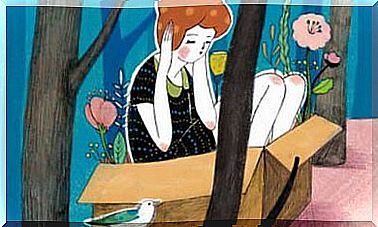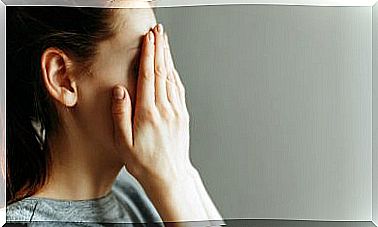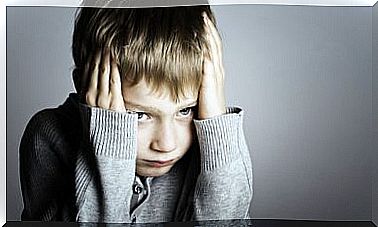The Mirror Test

Recognizing ourselves in front of a mirror until now we believed that it was a faculty that only human beings had. This is known as the “mirror stage”, a concept that Jaques Lacan coined and that refers to a phenomenon that occurs between six and eighteen months. However, is it possible that animals can also recognize themselves in a mirror? If not, why doesn’t this happen? To answer these questions, we must talk about the mirror test.
The mirror test was designed by Gordon G. Gallup Jr who, as the article Animal Self-Awareness: Studies on Conditional Self-Discrimination in Various Species points out , was one of the “researchers who has studied the behavior of animals in front of the mirror the most” in 1970. What I wanted was to discover which animal species were capable or not of recognizing their reflection.
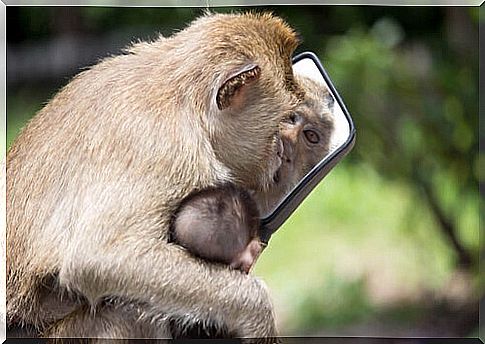
How was the mirror test performed?
The mirror test was performed, first, with the chimpanzees. What Gordon G. Gallup Jr did was anesthetize them and make a paint mark on their head. This painting did not carry any type of ingredient that could alter the smell or touch of chimpanzees. What Gordon was looking for was to know how many times the chimps touched their heads.
Although several chimpanzees showed signs of recognizing themselves in front of the mirror, for example, adjusting their position to see better or touching the mark on their head, according to the article Animal Self-Awareness: Studies on Conditional Self-Discrimination in Various Species , “Two Chimpanzees that He had not used the mirror before, they were unable to direct a single response to his marked head.
This made the mirror test questionable, as the researchers came to think that chimpanzees must have previously had contact with the mirror to be able to perform certain attitudes that could indicate that they recognized their image.
Furthermore, “it has recently been shown that chimpanzees that passed the self-recognition test did not show the slightest sign of astonishment or surprise when seeing their own distorted image in a mirror that distorted them.” This raised more doubts, since anyone who recognizes their image in a mirror is amazed and even scared at this.
The animals before the mirror
Not only chimpanzees were subjected to the mirror test. So were pigeons, dolphins, elephants and dogs, among other animals. Many of them passed it, that is, they recognized their own image in the mirror. However, the above questions we have raised yield many disparate views in this regard.
The reason is that many animals can act ignoring the image and others attacking it. However, another aspect that has made the researchers who have analyzed the mirror test doubt is that some lack a fine sense of sight. An example are those animals that see much better at night.
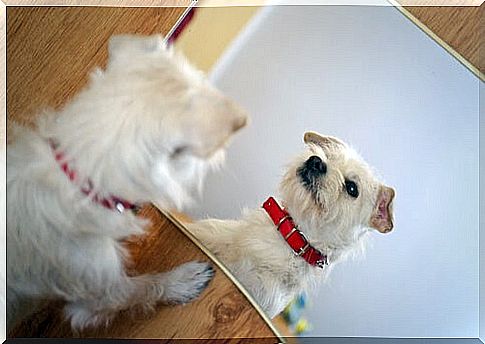
The fish that was recognized
In February of this year the newspaper, El País shared a very striking news and that is that a fish had passed the mirror test. This is the blue wrasse and the discovery was made by Masanori Kohda, the scientist who studied the behavior of this species of fish. Apparently, the fish saw a brown spot on its reflected belly and tried to remove it by rubbing against the tank.
Despite the fact that in Gordon’s test several species of fish passed the test, doubts remain. In the newspaper El País itself, some experts believe that, although these animals act in a way that we could consider that they recognize themselves in the mirror, in reality this may be an indicator that they are ready to recognize themselves, but they have not yet achieved it.
The demonstration could be related to the fact that “chimpanzees raised in isolation are unable to pass the mirror test: the other is needed to think about the self”. Something quite significant and that leaves many fronts open to think about.



